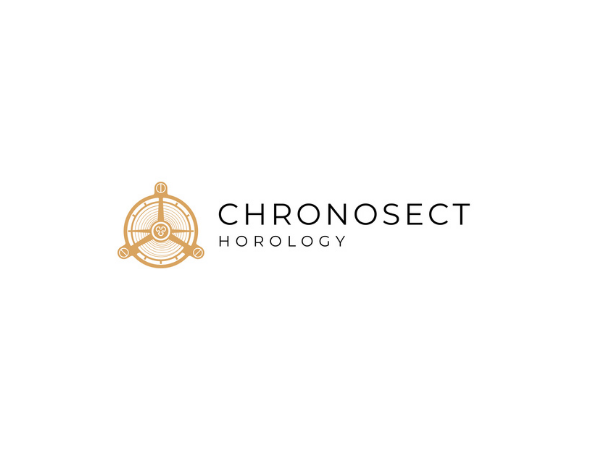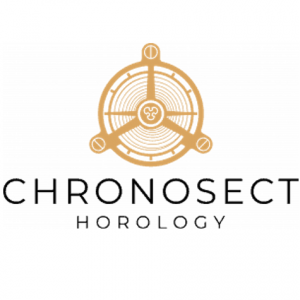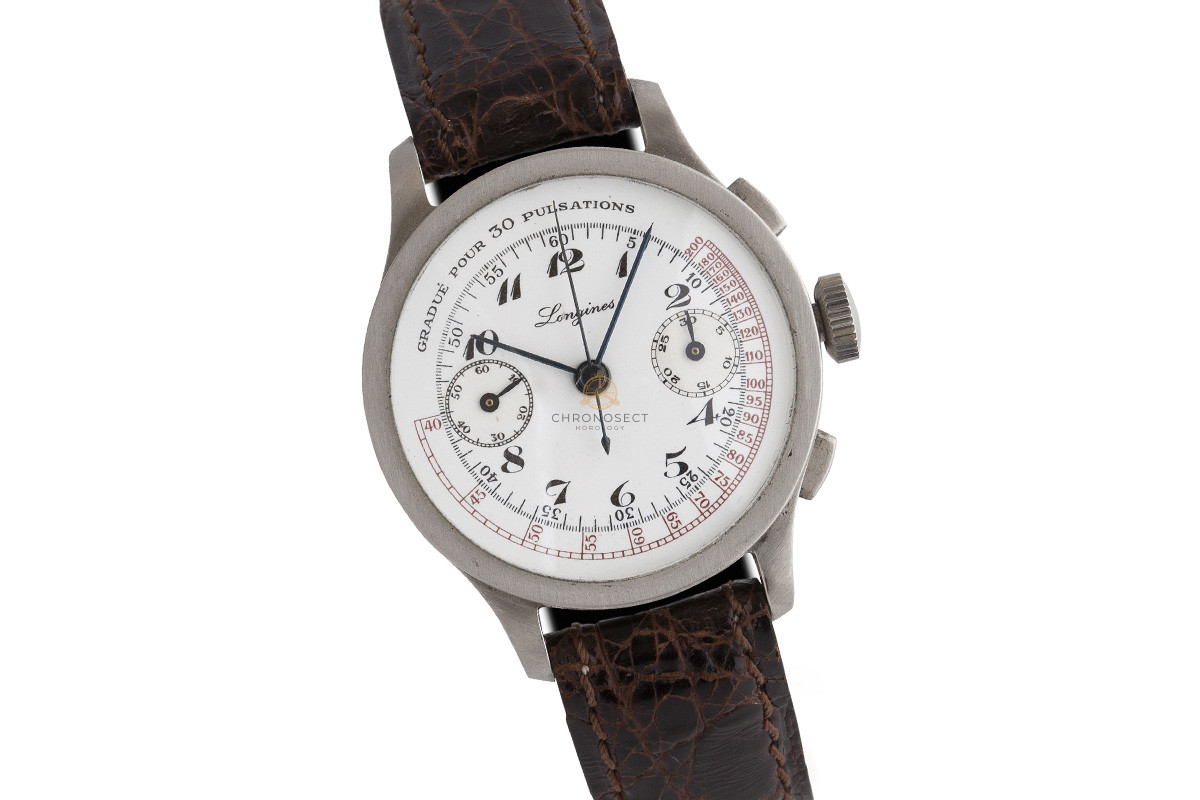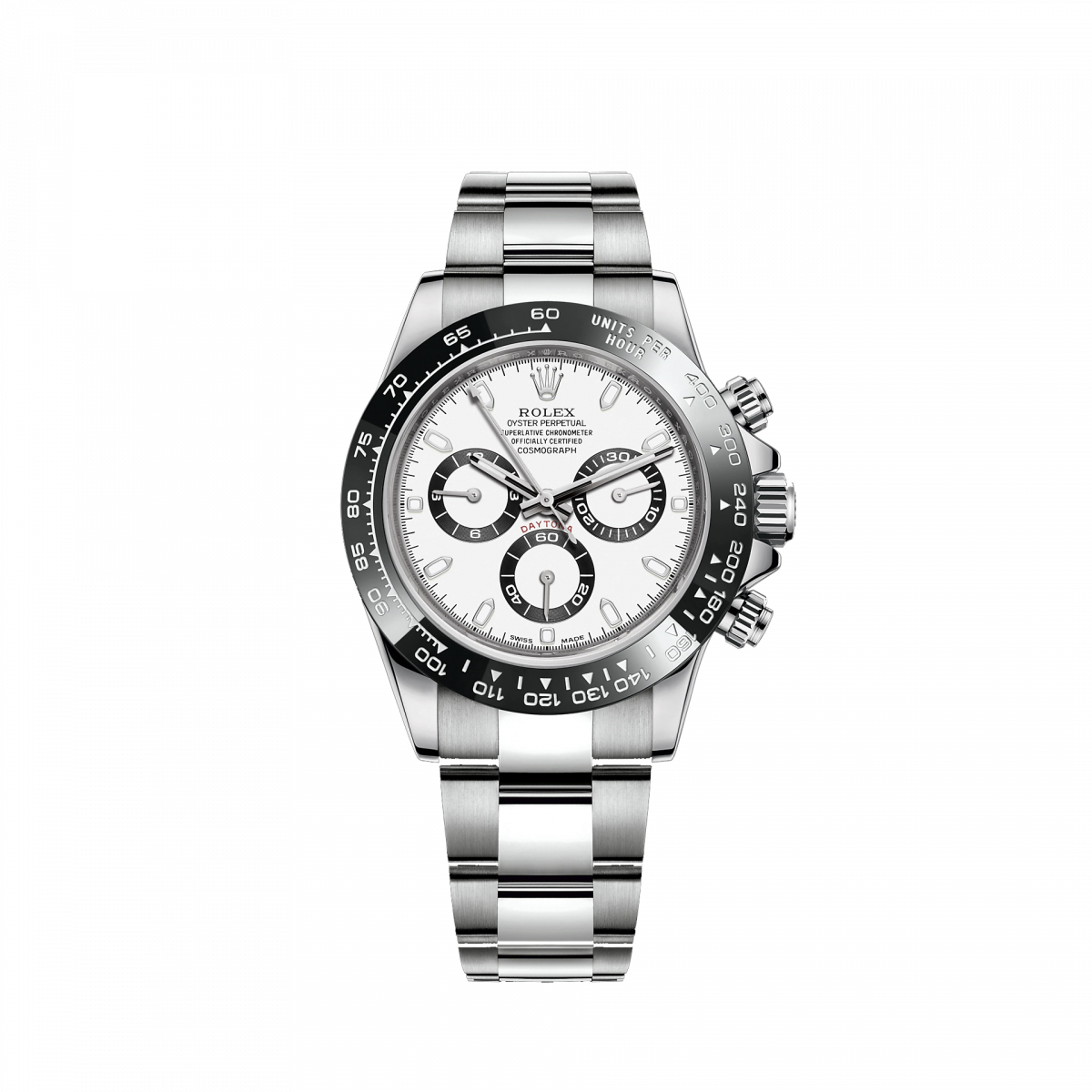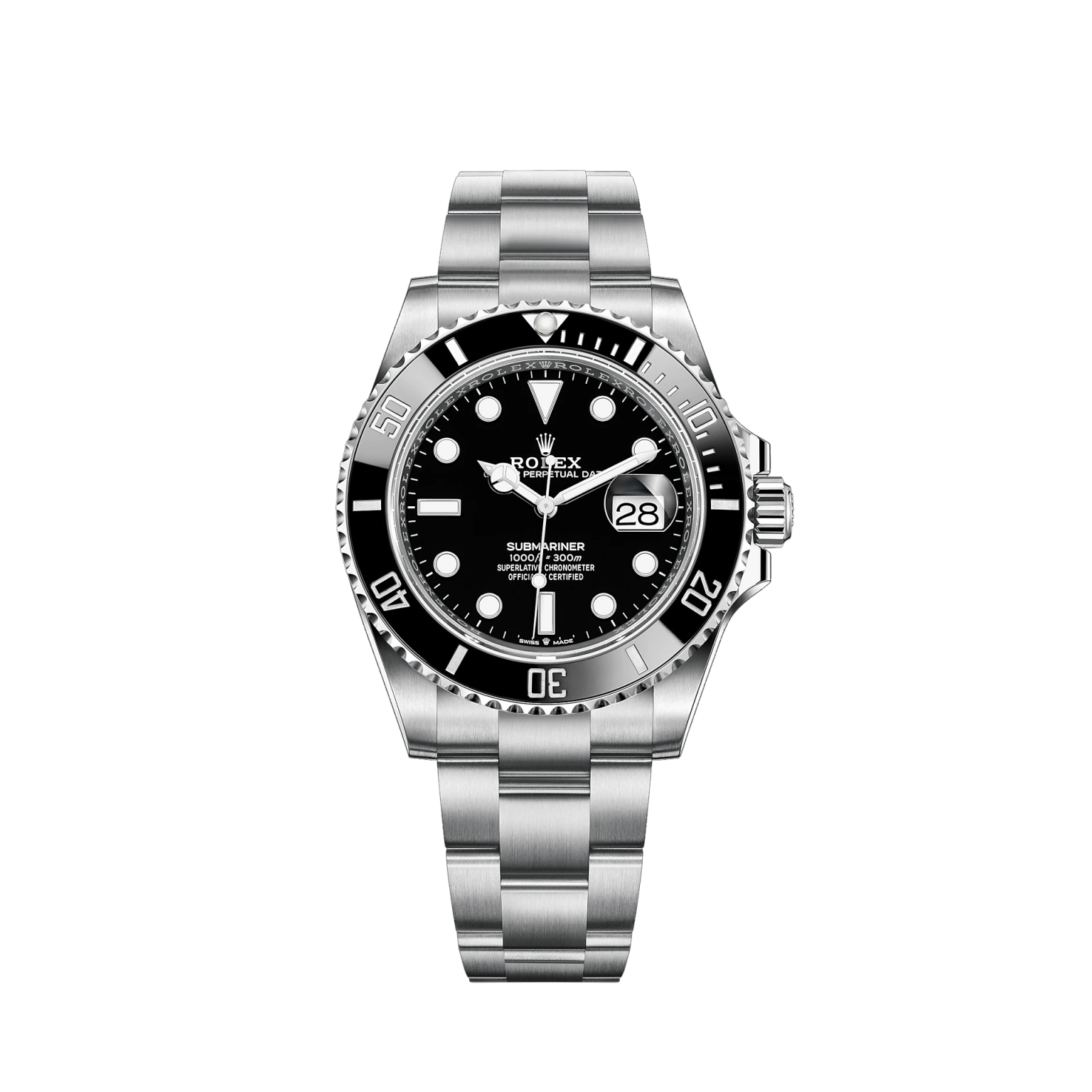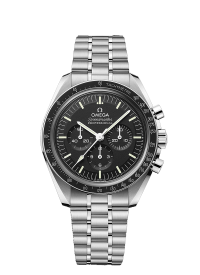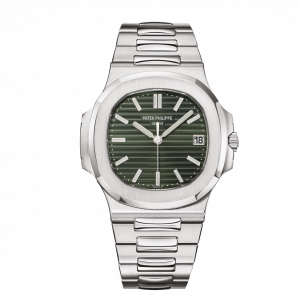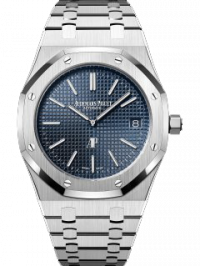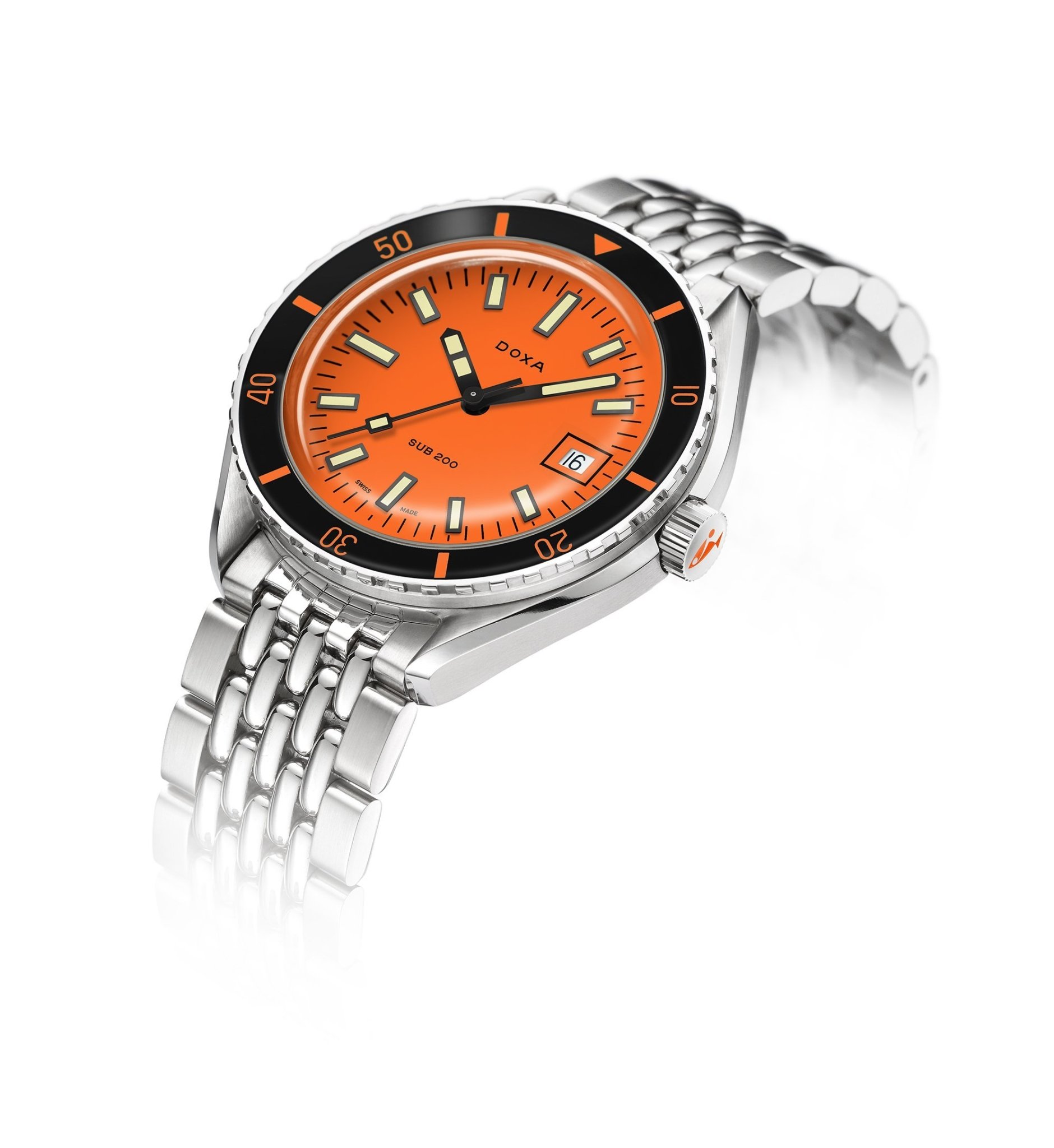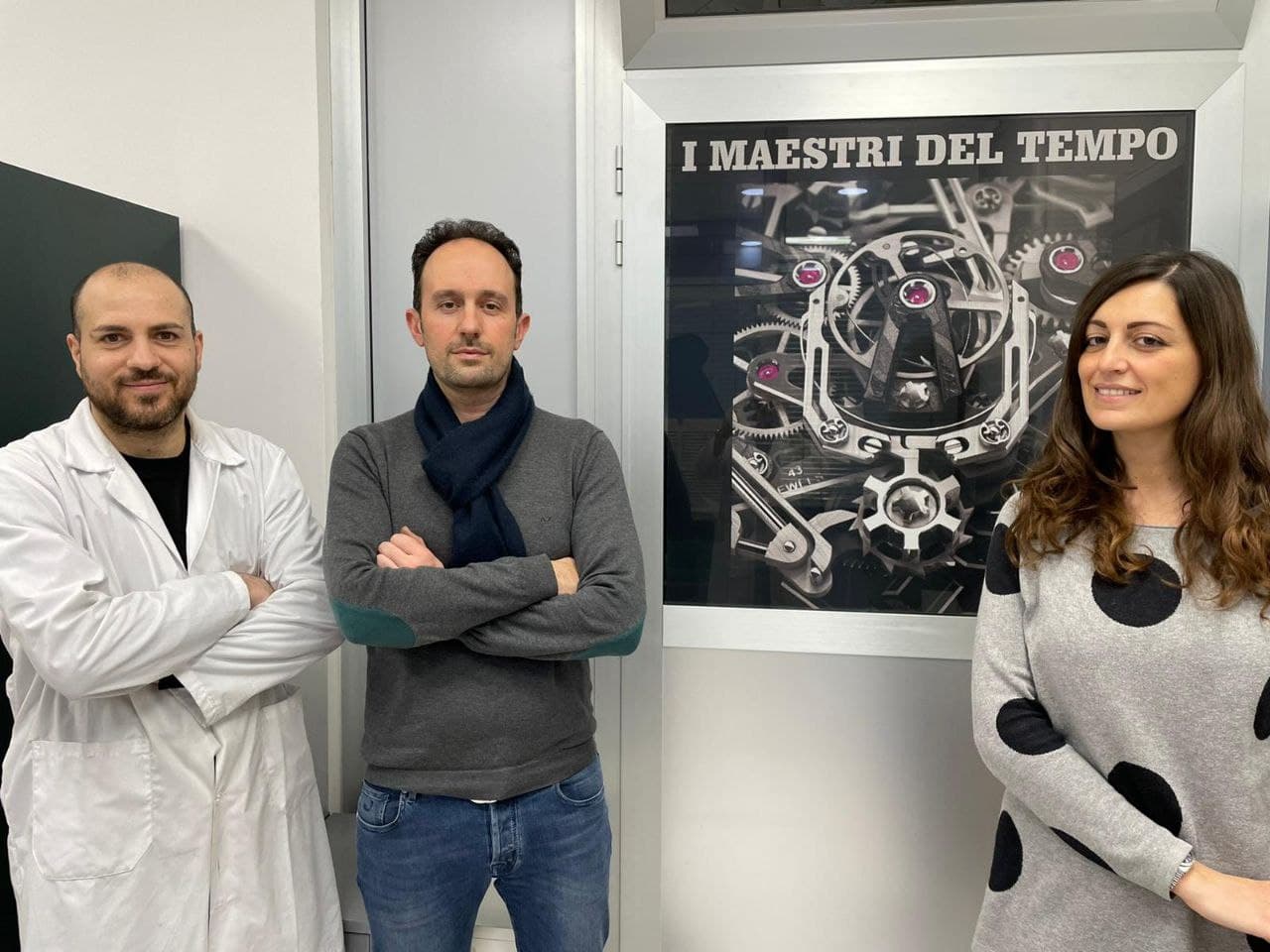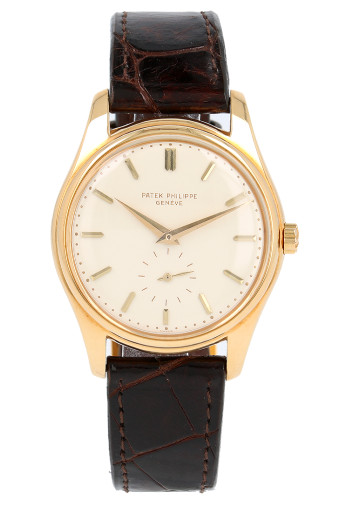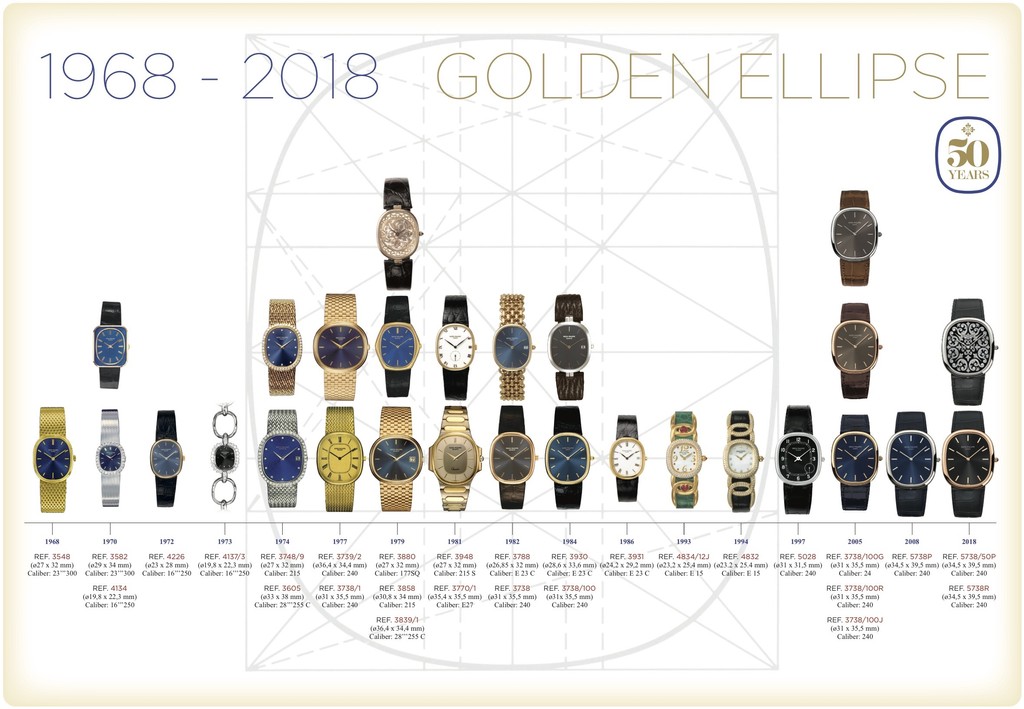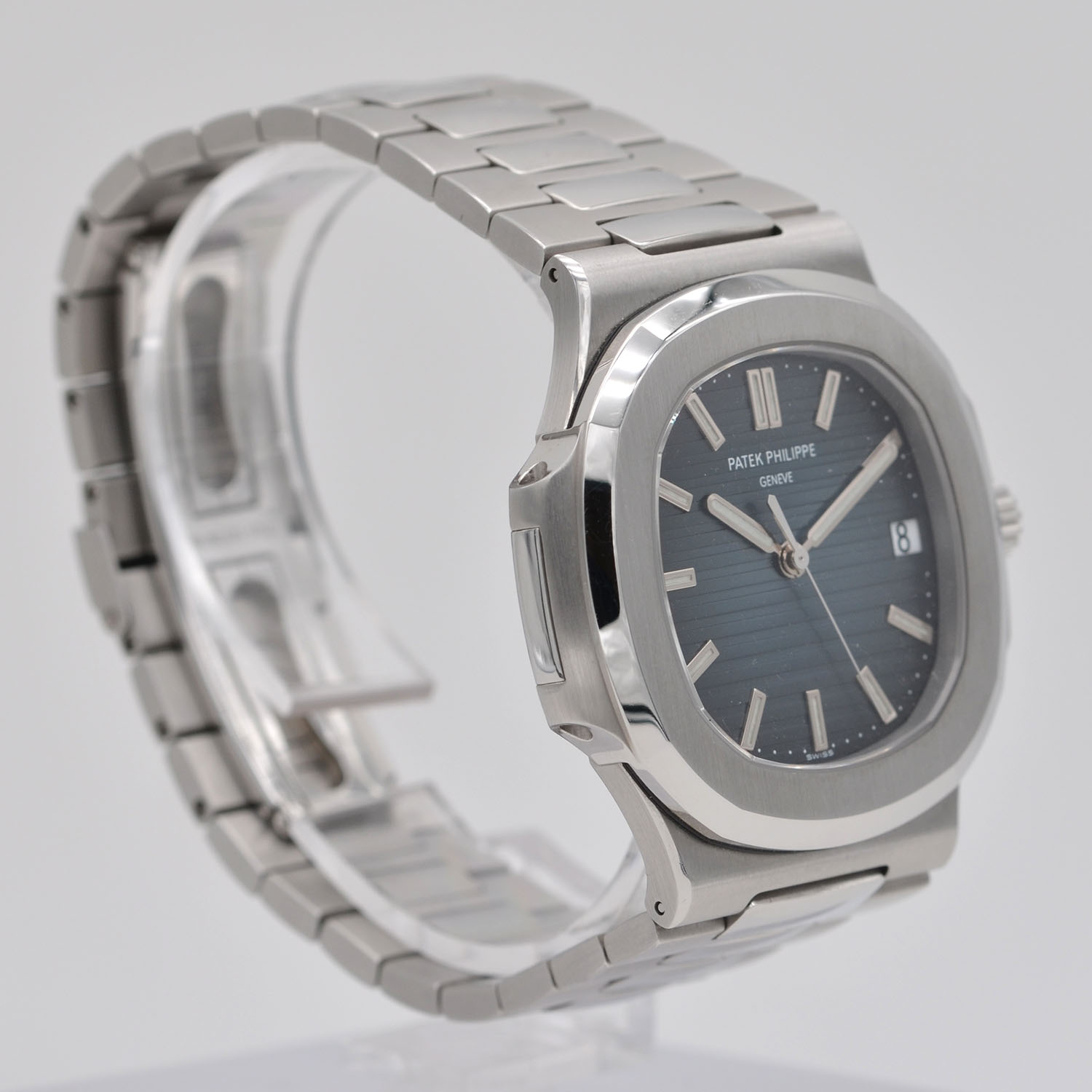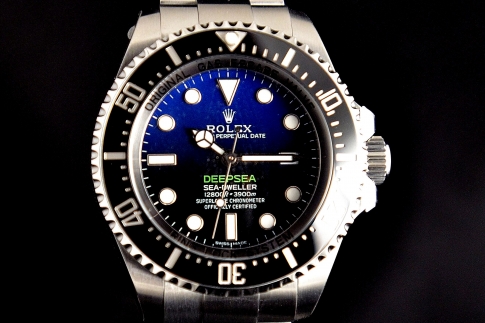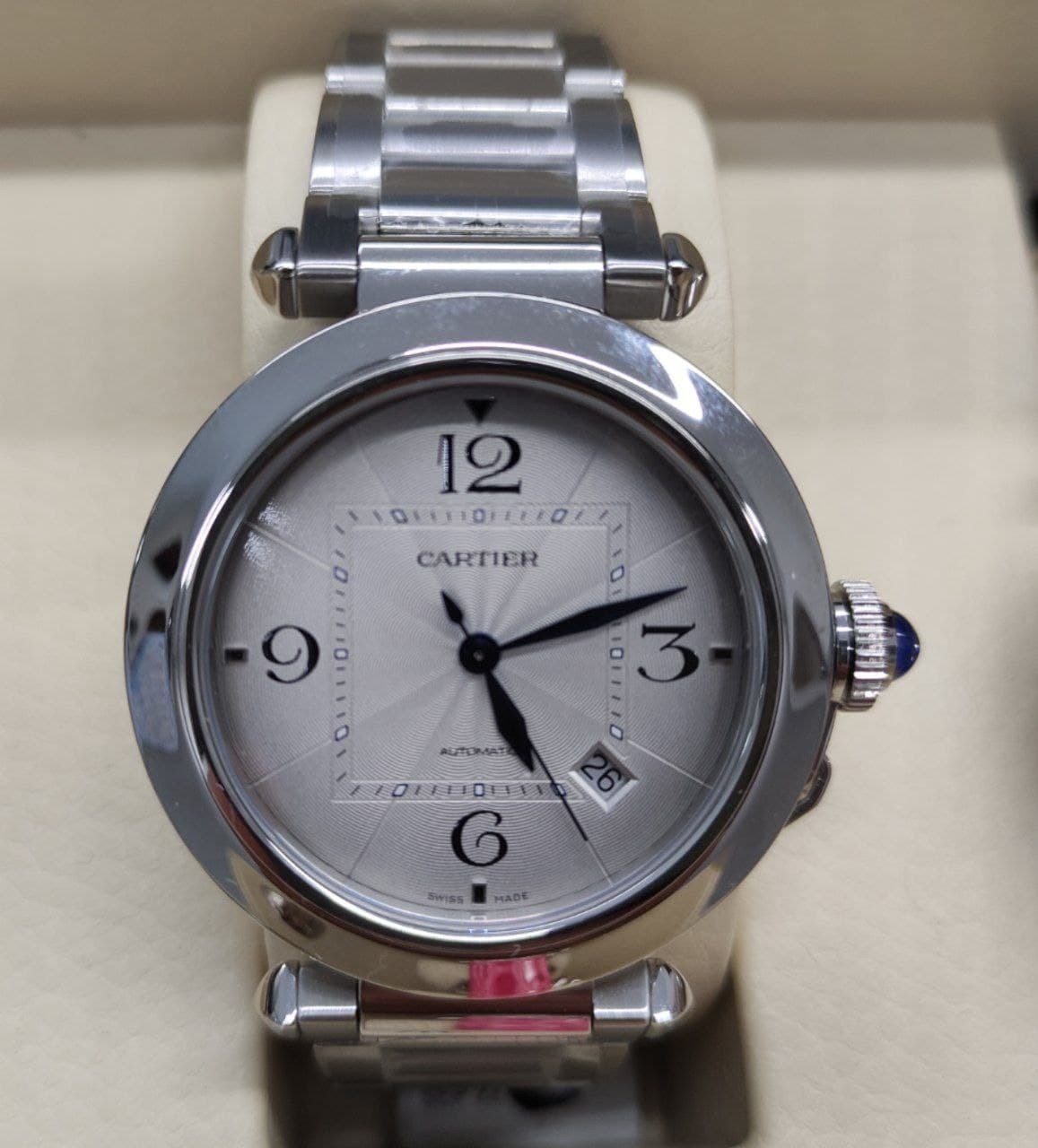The medical chronograph
The medical chronograph has been, for many decades, a faithful companion of doctors, an indispensable tool for caring for their patients. It allows, with the simple press of a button, to read the patient's pulse.
Let's discover the technique and history of these instruments, today partly replaced by more modern methods, but which still remain one of the symbols of medical science.
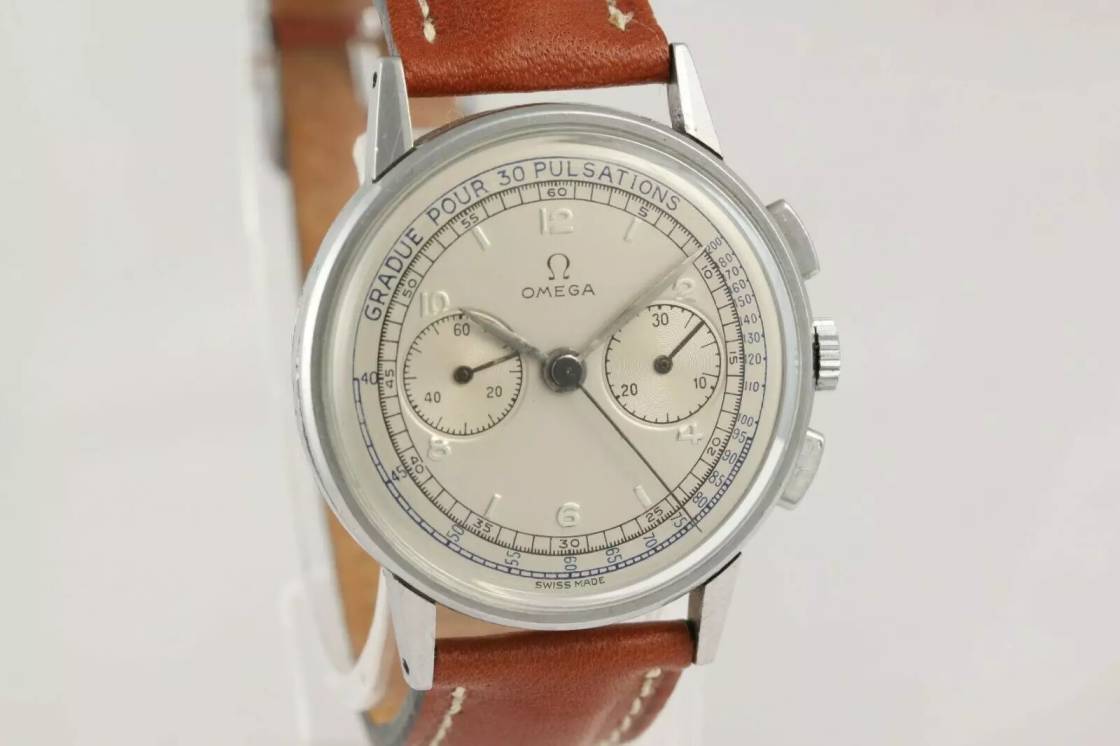
The origins
The British physician Sir John Floyer (1649-1734) introduced the practice of measuring the heart rate. Like many doctors of the time, he was influenced by the research of Santorio Santorio (1561-1636), the greatest medical scholar of the time, trained at the University of Padua at the end of the XNUMXth century, contemporary and personal doctor of Galileo Galilei . Santorio introduces the mathematical measurement of a person's vital parameters as a tool for investigating the physiology and pathology of the human body, and was the first to study metabolism and thermoregulation in a scientific way.
In the wake of Santorio's studies, Floyer adheres to the idea that many diseases can be diagnosed by measuring the number of beats that the patient's heart makes in a minute. As often happens in medicine, a correct intuition is accompanied by an erroneous belief: Floyer is in fact of the opinion that diseases diagnosed thanks to the rapidity of the pulse could be treated with baths in cold water.
In order to have a suitable instrument for knowing precisely the value of the pulse rate per minute in a patient, Floyer commissioned his compatriot watchmaker, Samuel Watson, to create a suitable watch.
Thus, in 1695, the first chronograph equipped with a lever to start and stop the seconds hand was born.
The medical chronograph, therefore, not only has origins dating back, but boasts an absolute record: it is the first real chronograph ever produced, over three centuries ago.
After this first one exploit, public interest in the medical chronograph begins to wane. Watchmaking technique deals with miniaturising, perfecting and simplifying the use of the chronograph. Doctors use ordinary chronographs to take patients' pulses, simply counting the pulses detected on the wrist for a full minute.
The rediscovery of the medical chronograph
It was only in the XNUMXs that the Swiss watch industry realized that hospital doctors were making extensive use of chronographs in their work, and decided to incorporate a pulsometer scale into the dials of watches equipped with a chronograph function.
The technique
The technique of a medical chronograph is not dissimilar to that of a normal one chronograph. The movement is identical, having the purpose of measuring an interval of time from when you start counting the beats to when the counting stops. As in normal chronographs, starting, stopping and resetting the hand can be done with two separate buttons or with just one.
The medical chronograph differs from others in its dial. In fact, it has a scale, called pulsometric, usually graduated to decrease from 200 bpm, corresponding to 9 seconds, to 40 bpm, corresponding to 45 seconds. The operation of the medical chronograph is as follows. Having taken the patient's pulse, the doctor starts the chronograph and stops it when he has counted 30 beats. The position of the hand on the graduated scale indicates the patient's number of beats per minute. For example, if the patient has a pulse of 60 bpm, counting thirty beats 30 seconds will have passed: if we look at the scale of a medical chronograph we will see that in fact the value of 6 bpm is shown at 60 o'clock.
The innovation consists in reducing the time needed to take the pulse, making the doctor more efficient and productive, and allowing him to take the pulse of a patient in approximately 30 s, compared to the 60 needed if the "old" method of taking the pulse is used. wait a minute and count the beats.
The choice of the medical chronograph proves to be particularly advantageous in hospital contexts, where greater speed in measuring the patient's pulse can be decisive. Precisely for this reason, the medical chronograph experienced its golden age between the XNUMXs and the XNUMXs, a period in which the modern hospital system established itself throughout the West.
The medical chronograph today
The quartz crisis of the XNUMXs and the availability of precision instruments for measuring heart rate made medical chronographs less in demand. However, they remain, even today, one of the symbols of the medical profession, as well as one of the most useful variants in the field of chronographs.
Two curiosities about the medical chronograph
The function of the medical chronograph can be performed, although with less efficiency, by a watch without the chronograph function. By equipping the dial with two parallel graduated scales, calibrated for 15 beats instead of 30, it is possible to take a patient's pulse starting from when the second hand is at 12 o'clock, or at 6 o'clock. Despite not having the speed to 'use of a real medical chronograph, this instrument is cheaper and simpler to build. These characteristics led to the choice to equip doctors in the former Soviet Union with these instruments.
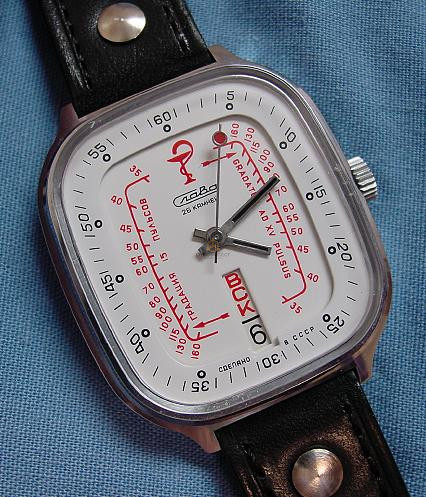
Doctors who use medical chronographs usually wear their watch on the right. The reason? By using the right hand to take the patient's pulse, the left hand remains free to operate the chronograph buttons.
